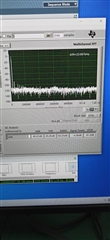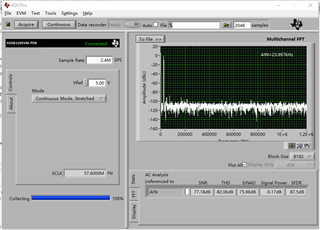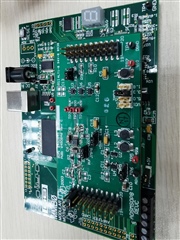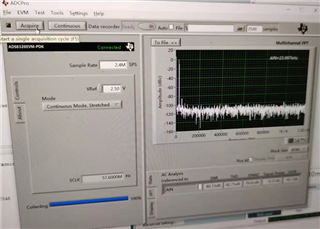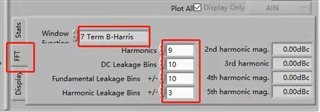Other Parts Discussed in Thread: REF3025, PSIEVM, LMP7716, OPA354
Hi, All:
We are planning to use ADS8320 in our project, and we bought an ADS8320EVM and are evaluating the baisc features.
Now we met an issue of SNR.
We tested your EVM, the SNR is only about 80dB. it's lower than your specficication (90dB).
our test enviroment: Vin =5V; input signal: Sin wave: frequency: 1.021Khz ; Vpp=4.9V; Offest: 2.45V
We also try to adjust the input filter, but the efffect is limited.
Would you give some advices, how to improve the SNR ? Or which care items we must follow when we evaluated it.
Best Regards
Torres


